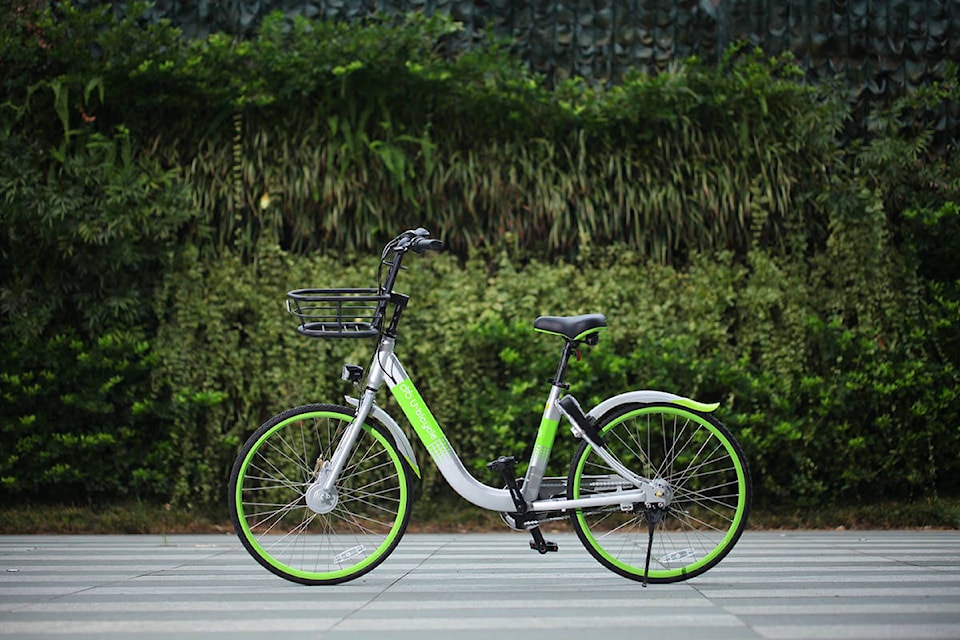The prospect of bike share in Langley, proposed almost a year ago now, fills me with excitement, and dread.
Excitement, because I like cycling, and I have hopes of making this a more bike-friendly community.
Dread, because I worry about some of the major problems any cycling project in Langley would face.
The problem with making Langley a more bicycle-friendly community is Langley.
I don’t mean that Langley residents are any less (or more) amenable to cycling than people in any other Lower Mainland community.
We share many of the same challenges that impact Surrey and Burnaby and Richmond and Maple Ridge.
Lack of bike lanes (or of bike lanes that actually connect to one another), lots of traffic, urban planning that for decades prioritized cars over pedestrians, cyclists, or buses, and so forth.
Beyond that, Langley’s geography is both a blessing and a curse when it comes to cycling.
Consider Langley’s neighbourhoods.
Some of them are darn near close to ideal for cycling.
Look at Langley City. It’s compact! It has a lot of commercial and residential areas relatively close together! And best of all from the point of view of the commuting or occasional cyclist – it’s mostly flat.
Anywhere north of the Nicomekl River is at best gently sloped. A cyclist in the City or Willowbrook can roll along at a restrained pace of 15 or 20 km/h. The bike rider can get to work or a coffee shop or the library without getting soaked in sweat. You could almost pretend you were in some bicycle utopia like Copenhagen or Amsterdam.
Then you have to leave Langley City.
Oh look, hills! Steep ones!
Looked at in isolation, most of Langley’s neighbourhoods are not too bad for cyclists.
Brookswood is probably the next best neighbourhood when it comes to cycling, with a mostly flat core area and few ravines that aren’t already bridged by roads.
Aldergrove and Fort Langley? Not bad. Murrayville’s upslope region is also reasonably flat. Walnut Grove and Willoughby have some more difficult regions.
The boundaries do tend to discourage cycle commuting, unless you’re already fit.
What solutions are there?
On the engineering level, there are mechanisms in use to haul cyclists up steep hills, including a foot-step cable system, sort of like an old rope-tow ski lift. But given the low number of local cyclists, I don’t expect our local governments to shell out hundreds of thousands of dollars for them.
The other possibilities are harder – more buses with bike racks to fill in gaps, more bike paths on gentler slopes, more “complete communities” that contain all amenities within their bicycle-friendly boundaries.
But those solutions are harder to achieve than any quick engineering fix.
